The Best Route 66 Attractions Near Chicago
The Mother Road. The Main Street of America. Will Rogers Highway. These are all nicknames for Route 66, the historic ribbon of roadway that’s romanticized across American culture.
U.S. Highway 66 came onto the scene in the 1926 and soon took up space in the public imagination. Spanning roughly 2,400 miles, Route 66 connected the Midwest to the West Coast, starting in Chicago, with the end of the trail at the Santa Monica pier, outside Los Angeles.
The highway passed through three time zones and eight states: Illinois, Missouri, Kansas, Oklahoma, Texas, New Mexico, Arizona and California. This included major cities like St. Louis (where Route 66 crossed the Mississippi River at the Chain of Rocks Bridge), Oklahoma City, Amarillo, Santa Fe, Albuquerque and San Bernardino, but also small towns like Tucumcari (NM), Arcadia and Carthage (MO), Galena and Riverton (KS), and Oatman and Winslow (AZ). Fun fact: the midpoint of Route 66 is Adrian, TX — 1,139 miles either way to Chicago or LA.
During the Great Depression, thousands of rural Americans from the Dust Bowl region used Route 66 to travel west in search of better lives. In fact, the route earned its “Mother Road” moniker when John Steinbeck described it in his 1939 novel, “The Grapes of Wrath.”
The old highway enriched the towns it passed through. Businesses sprung up providing food, fuel and lodging to motorists, boosting local economies. It also passed through 25 tribal nations, introducing travelers to — while stereotyping and encroaching on — the native American experience.
In the years after World War II, scores of veterans and their families relied on Route 66 to transport them to California, with its warmer climate and thriving job market. The postwar period also brought a steep increase in automobile production, leading to more cars on the road than Route 66 was designed to handle.
Over time, old Route 66 was replaced by the Interstate Highway System’s newer, safer, high-speed roads, including Interstate 55 in Illinois. In June 1985, Route 66 was formally decommissioned, but the old road didn’t die completely. Private citizens, organizations, state and federal agencies worked to preserve parts of the road and important structures along the route. There are even multiple Route 66 museums with memorabilia and curios, including those in Barstow, California, and Clinton, Oklahoma. Sadly, its demise also created some true ghost towns along abandoned sections of roadway.
While U.S. Highway 66 is no longer entirely with us, significant portions of the road are still drivable. Dedicated fans can visit some of the kitschy, nostalgic Route 66 art installations that have been preserved — from the Blue Whale of Catoosa, OK, to Elmer’s Bottle Tree Ranch in Oro Grande, CA. And don’t forget nature’s marvels along the old route: Grand Canyon National Park, the Painted Desert, Petrified Forest National Park, Meramec Caverns, even a Route 66 State Park.
Closer to home, you can honor its spirit by visiting attractions along the route’s path from Chicago, its adjoining suburbs, and on through most of Illinois — including Springfield. As Nat King Cole famously crooned in 1946, there are numerous ways to “get your kicks on Route 66.”
Here are 30 spots to visit and savor along the Mother Road, from Chicago to Joliet.

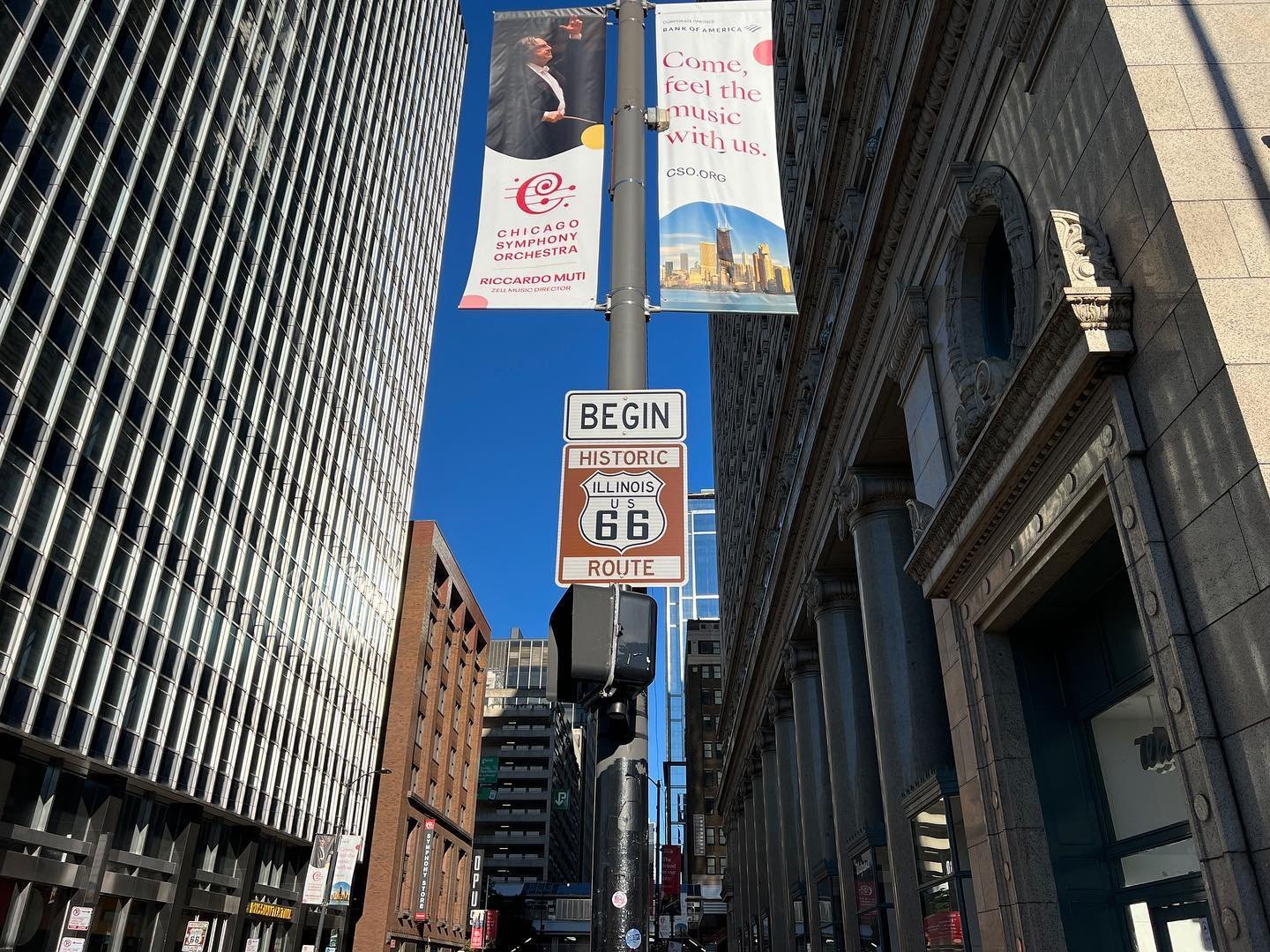
You’ve got to see the sign. It’s the perfect spot to snap a photo—and many tourists have. Located at the intersection of Michigan Avenue and Adams Street, the sign is right across the street from the Art Institute of Chicago.



Founded in 1879, the Art Institute predates Route 66. Even before you step foot inside the museum, it’s visually commanding. Two massive bronze lions stand sentry at either side of the main entrance. Each sculpture weighs more than two tons, and they’re woven into Chicago’s cultural fabric. During the holidays, the lions are decked with wreaths, and whenever a Chicago sports team makes it to the championships, the sculptures wear those team’s colors.
If you visit the Art Institute, be on the lookout for some of the museum’s most iconic pieces, including “Nighthawks,” by Edward Hopper; “The Bedroom,” by Vincent van Gogh; “American Gothic,” by Grant Wood; and “Water Lilies,” by Claude Monet. And be sure to explore the museum’s excellent gift shop!
Nicknamed “Chicago's Front Yard,” Grant Park is a tourist wonderland spanning more than 300 acres. It’s home to the Museum Campus, Adler Planetarium, Shedd Aquarium and the Field Museum of Natural History. There’s also Buckingham Fountain, which operates from May to October, plus Maggie Daley Park, which has an ice-skating ribbon open in winter. The park also boasts tennis courts, baseball diamonds and public gardens. During the summer, it’s the setting for major events, including The Taste of Chicago food festival, and The Grant Park Music Festival.
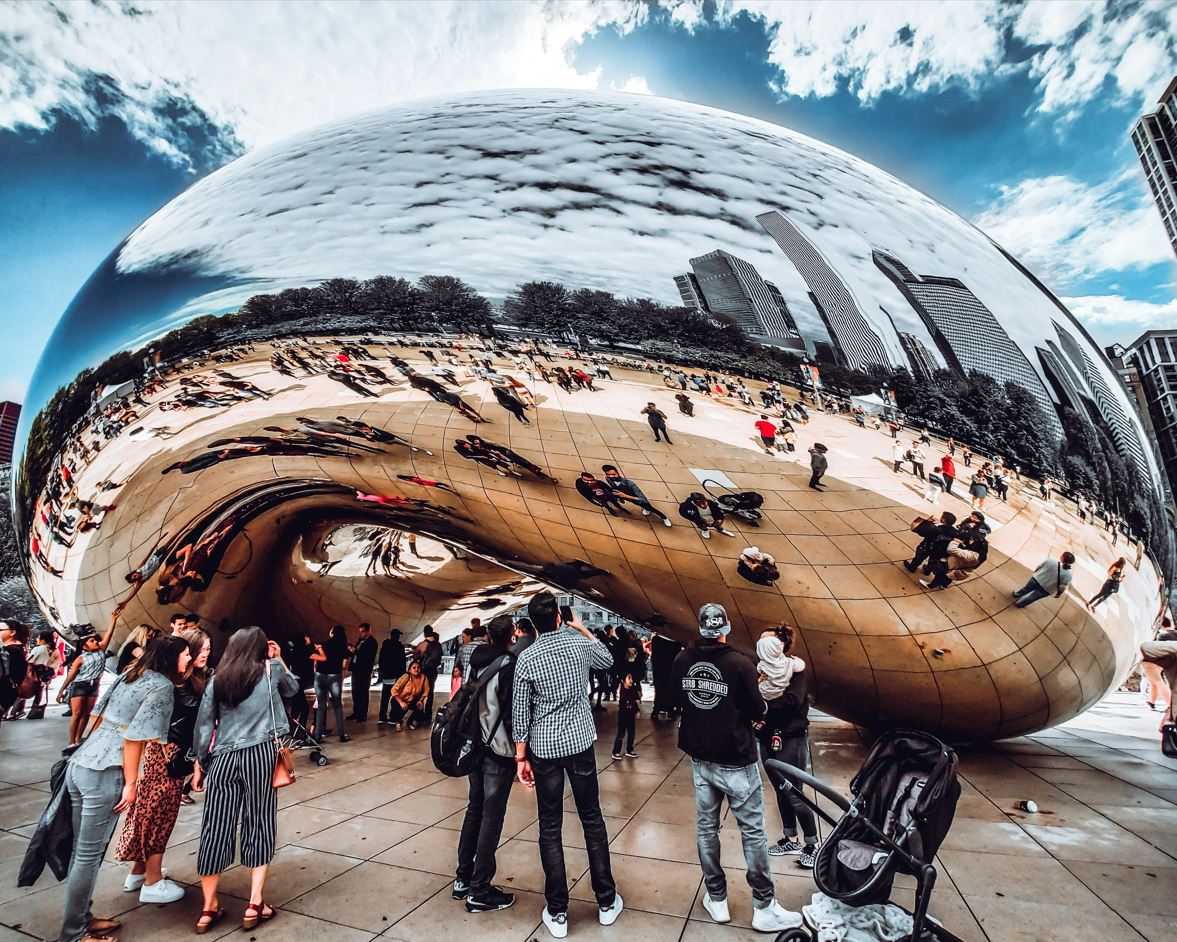
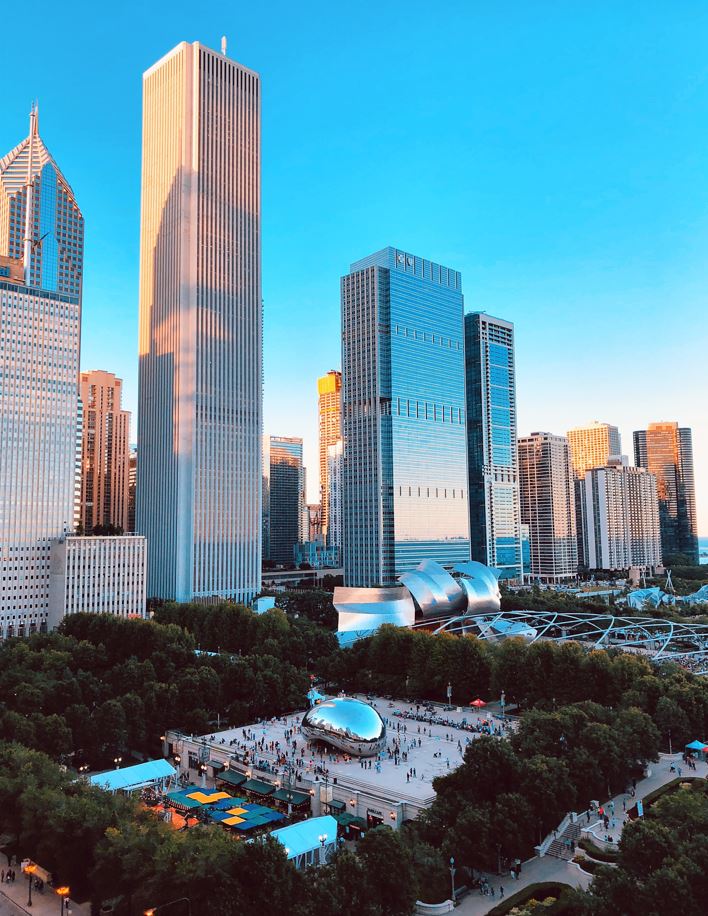
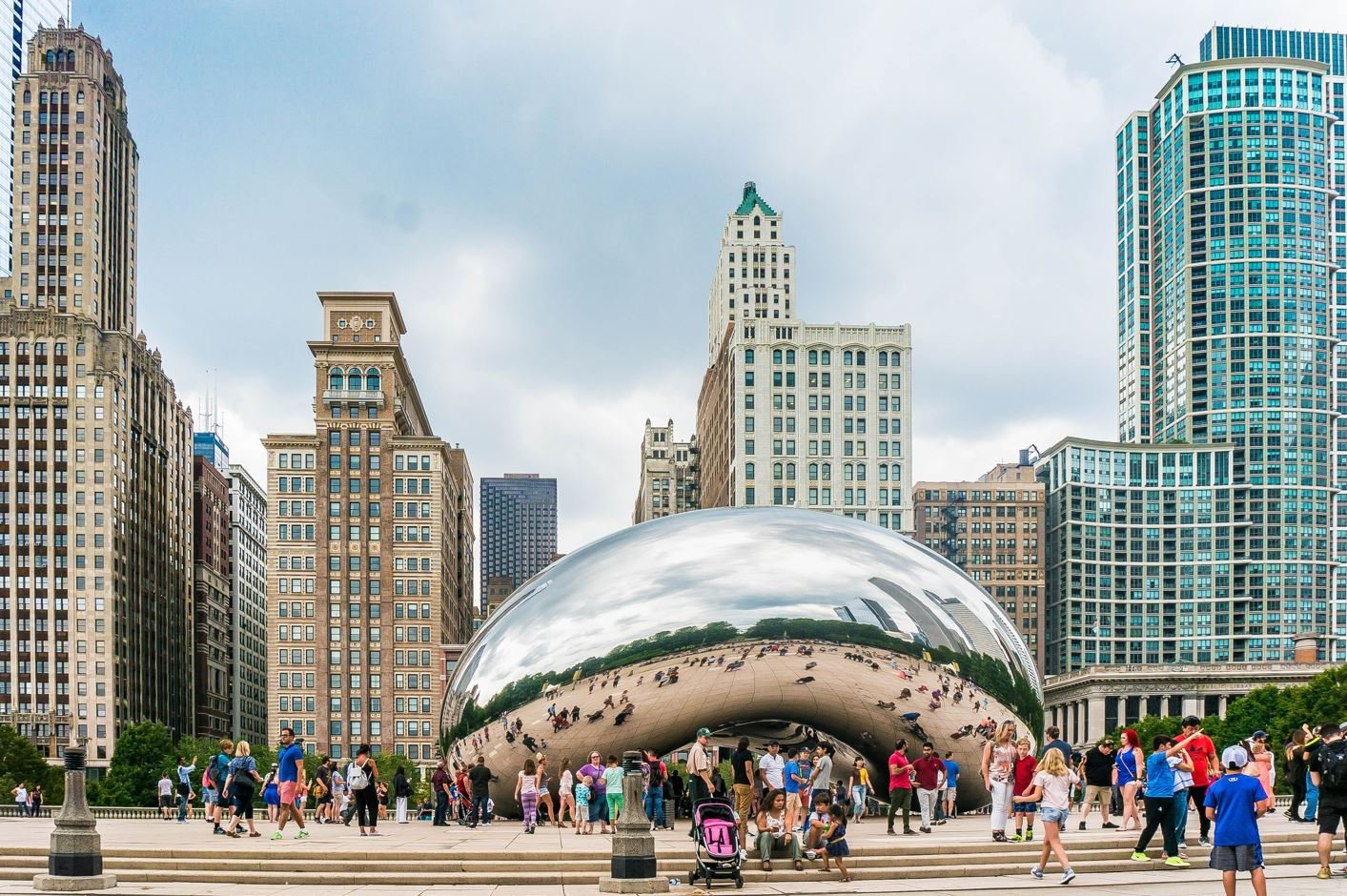
Nobody in Chicago calls it “Cloud Gate,” even though that’s the official title of the colossal stainless-steel sculpture sitting inside Millennium Park. Designed by acclaimed Indian-born British sculptor Anish Kapoor, “the Bean” is 66 feet long, 42 feet wide and 33 feet high. You can touch it, walk around it and walk under it, all while seeing yourself and fellow guests reflected back. Made of 168 enormous steel plates, The Bean weighs approximately 110 tons. That’s about the same as 15 full-grown elephants.
This German restaurant has claims to fame that few other dining establishments can beat. It’s been family-owned and operated for more than 123 years. Herman Berghoff, a German immigrant, arrived in America in 1870 and went on to open a brewery in Indiana. He sold his beer from a stand during the World’s Fair and did so well that he sought out a permanent Chicago location. When the Berghoff opened in 1898, beers cost a nickel and came with a complimentary sandwich.
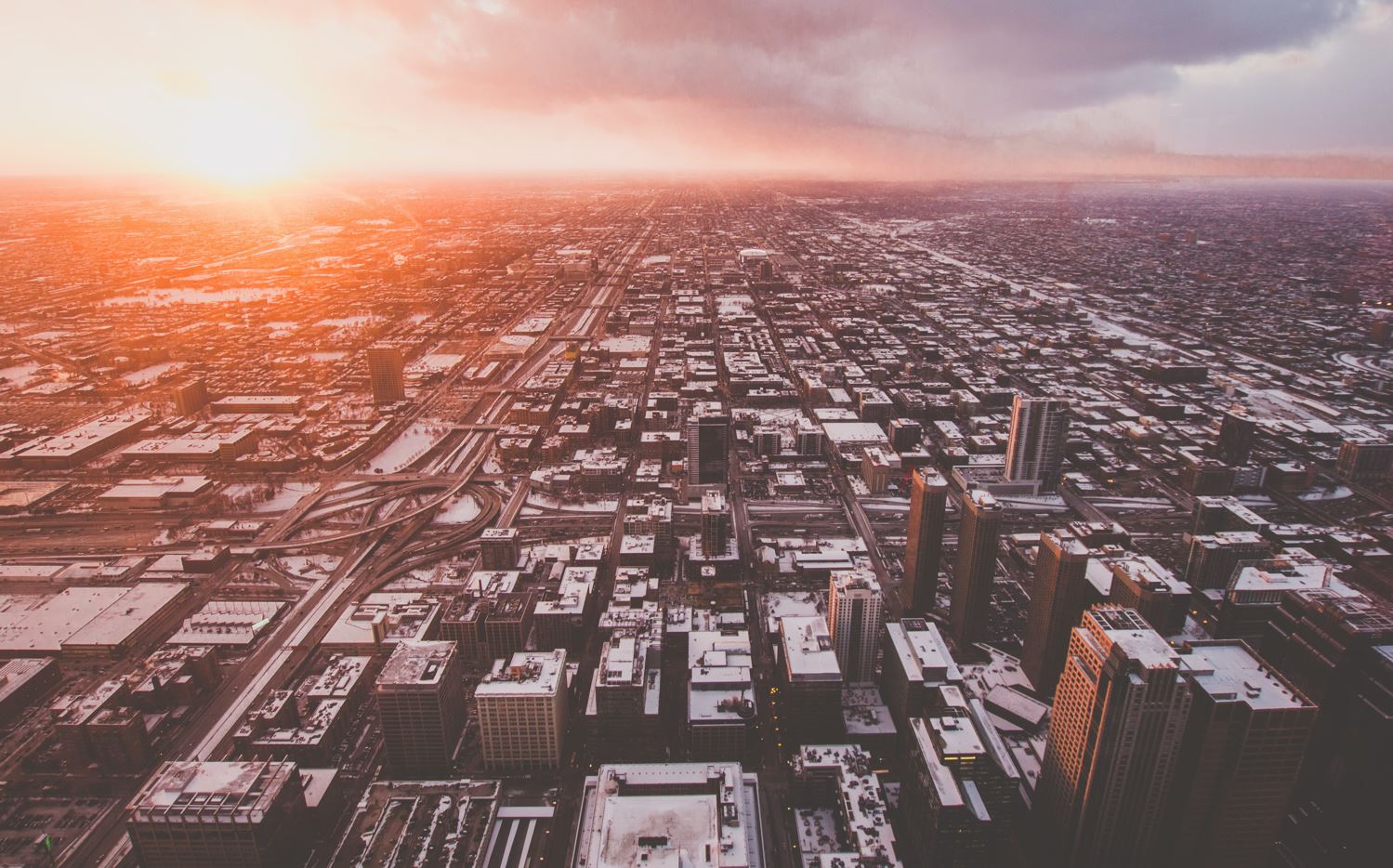
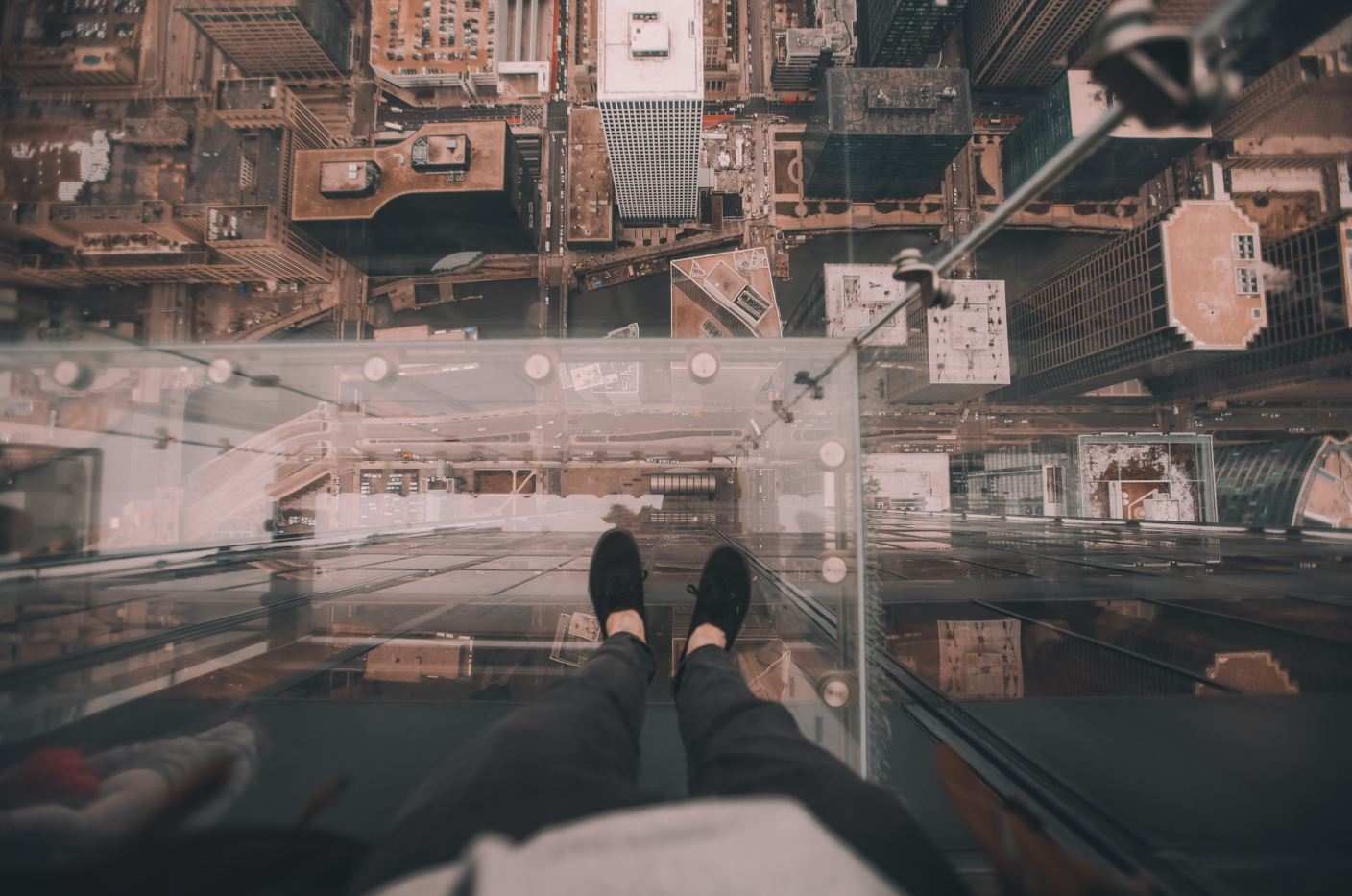
Look up at the Chicago skyline and you’ll see a soaring black structure with two antennas on top. That’s Willis Tower, formerly known as the Sears Tower. Rising 1,450 feet and 110 stories, it’s the second tallest building in the Western Hemisphere. Fortunately, the Willis Tower elevators are speedy, climbing about 1,600 feet per minute. The tower has more than 16,000 windows and 4.5 million gross square feet of floor space, which adds up to about 101 football fields.
On the 103rd floor of the tower, you’ll find Skydeck Chicago. It’s an observation deck that grants views extending more than 50 miles in each direction on a clear day. Roughly 1.7 million visitors step foot in the Skydeck each year. If you want to really go out on a limb, try The Ledge—four glass boxes affixed to the Skydeck that extend 4.3 feet beyond the building. From The Ledge, you can look out and down, taking in striking views of the city from 1,353 feet above street level.
This quintessential diner has been dishing up bacon, eggs and pancakes since 1923. Lou Mitchell's was the first Chicago restaurant to serve breakfast all day, and it’s located on Jackson Boulevard, a stone’s throw away from where Route 66 began. In addition to its long history, Lou’s has a sweet tradition that adds to its popularity: Diners are offered complimentary donut holes and Milk Duds.
The tower is all that remains of the Hawthorne Works factory, an electronics plant in Cicero, Illinois about 9 miles west of Chicago. At one point, Hawthorne Works was America’s largest telephone factory and had more than 40,000 employees at its peak. The factory opened in 1905 and closed 83 years later, in 1986. Demolished in 1994, the factory is long gone, but the tower remains —it’s located behind the Hawthorne Shopping Center.
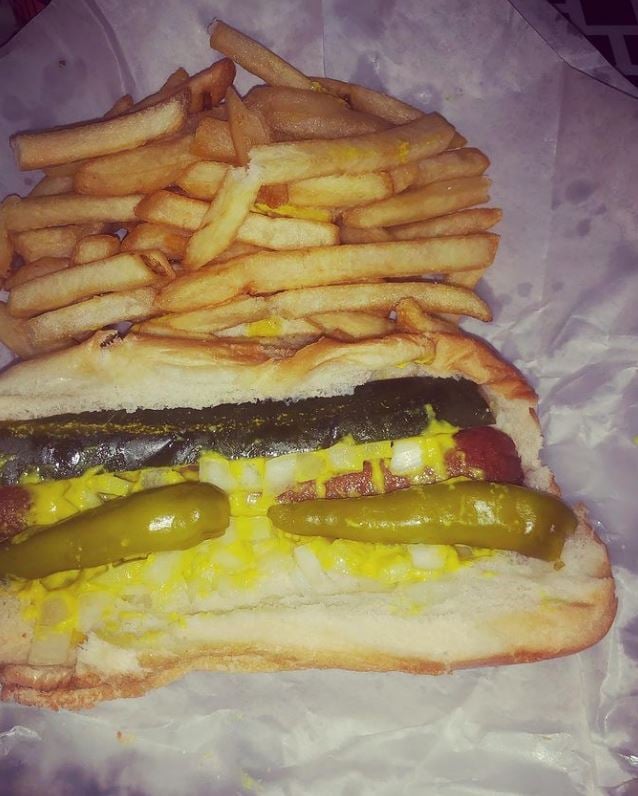
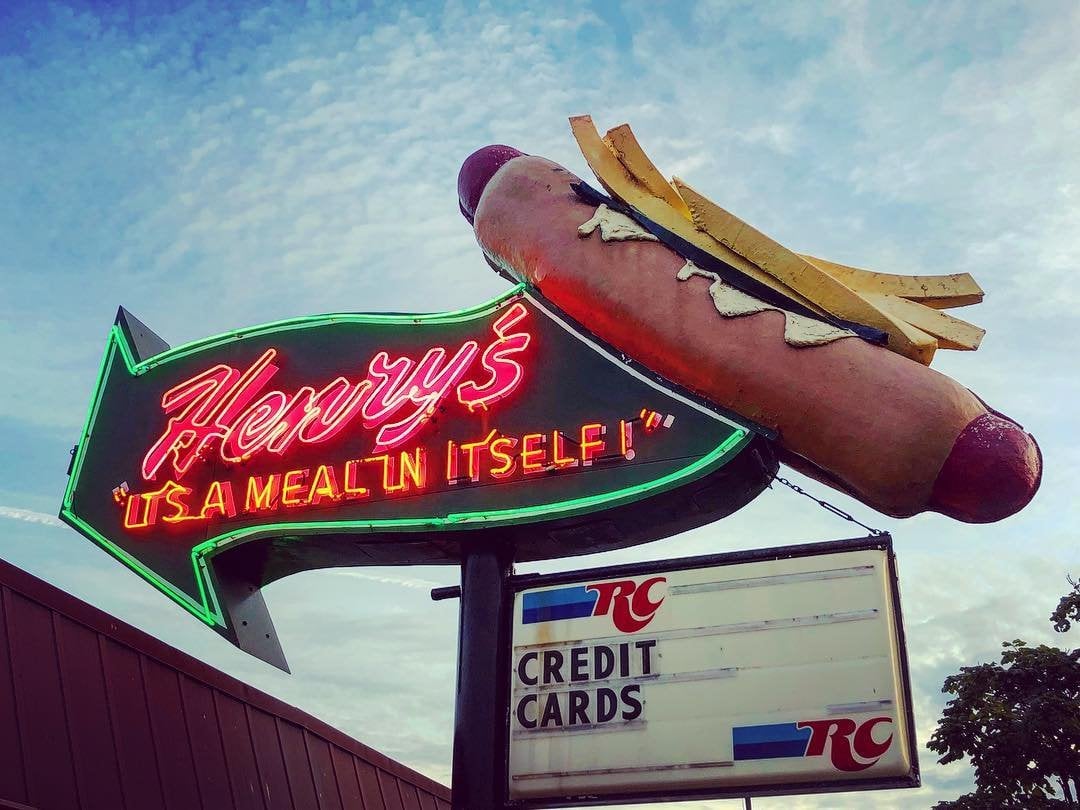
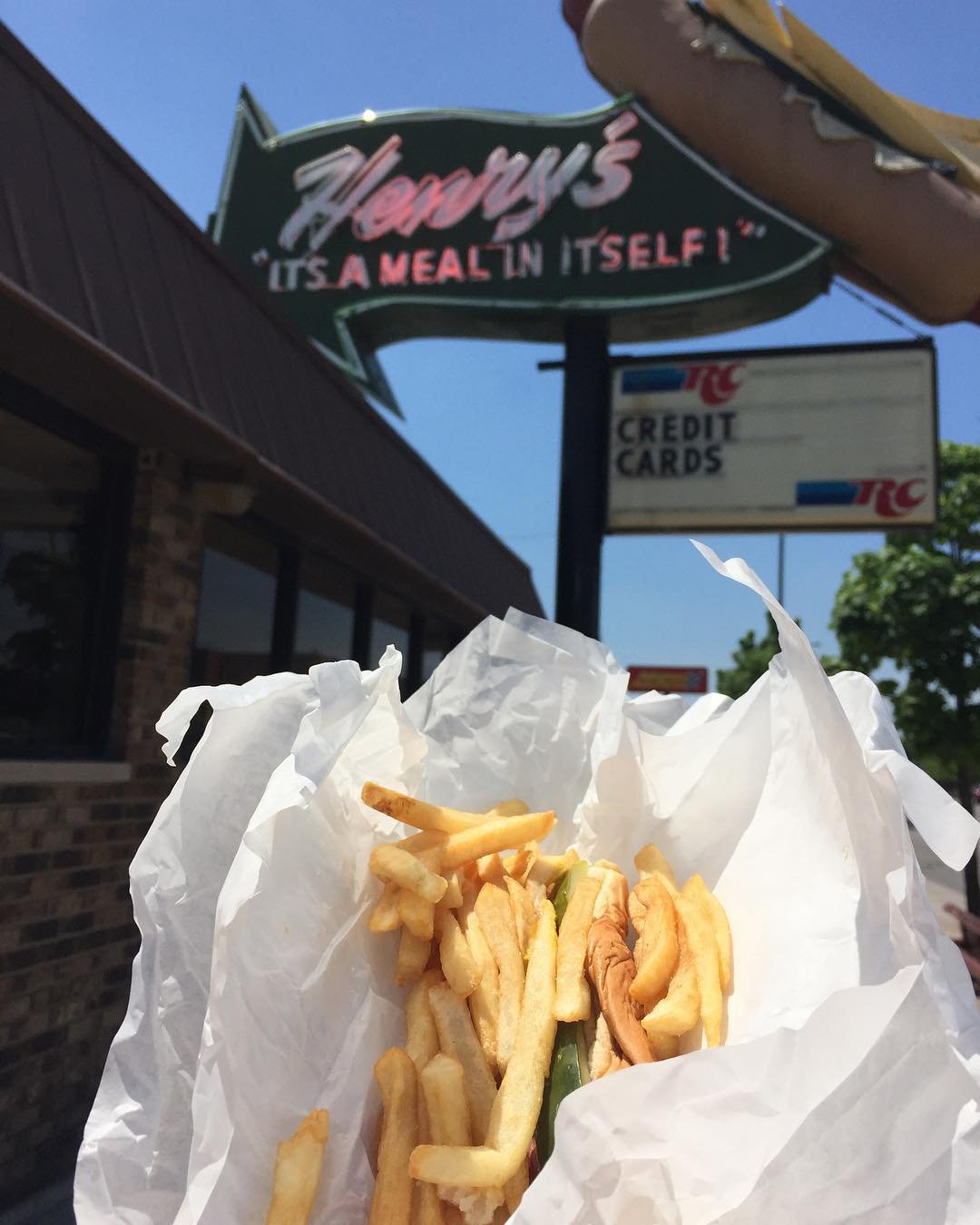
Since 1950, this Route 66 drive-in has been serving Chicago-style hot dogs at 6031 W. Ogden in Cicero since 1950. Henry's Drive-In is easy to spot; just look for the large neon sign depicting a hot dog covered with mustard and fries.

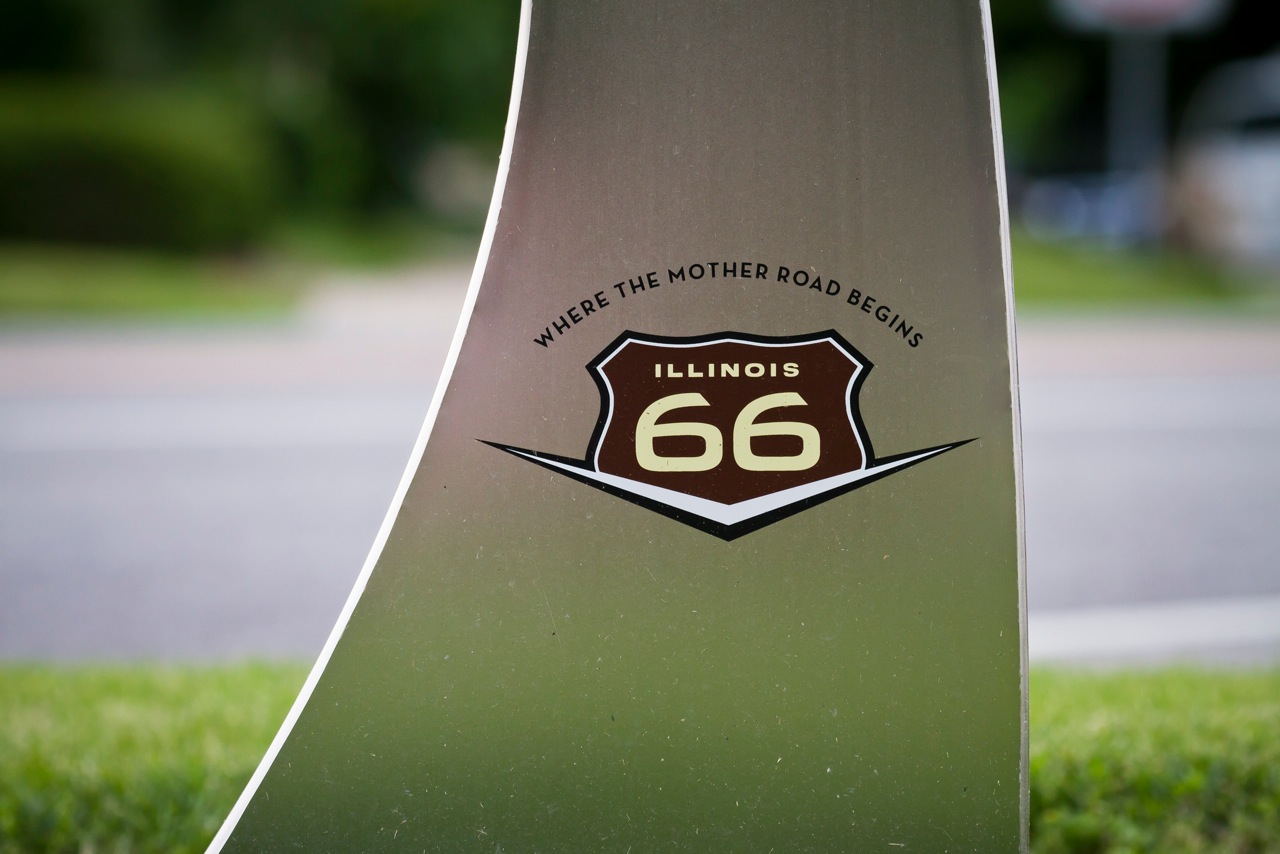
Ogden Avenue is a major street in Berwyn, a suburb roughly 20 minutes west of the Chicago Loop. For fifty years, from 1926 to 1976, Ogden Ave. was part of Route 66. There are four roadside exhibits along Ogden that celebrate the history of the old route. They can be found near the parking lot of the LaVergne Education Center, at 3401 S. Gunderson Ave and at the intersections of:
-
Ogden and Maple avenues;
-
Ogden and Wenonah avenues;
-
Ogden and Clarence avenues.
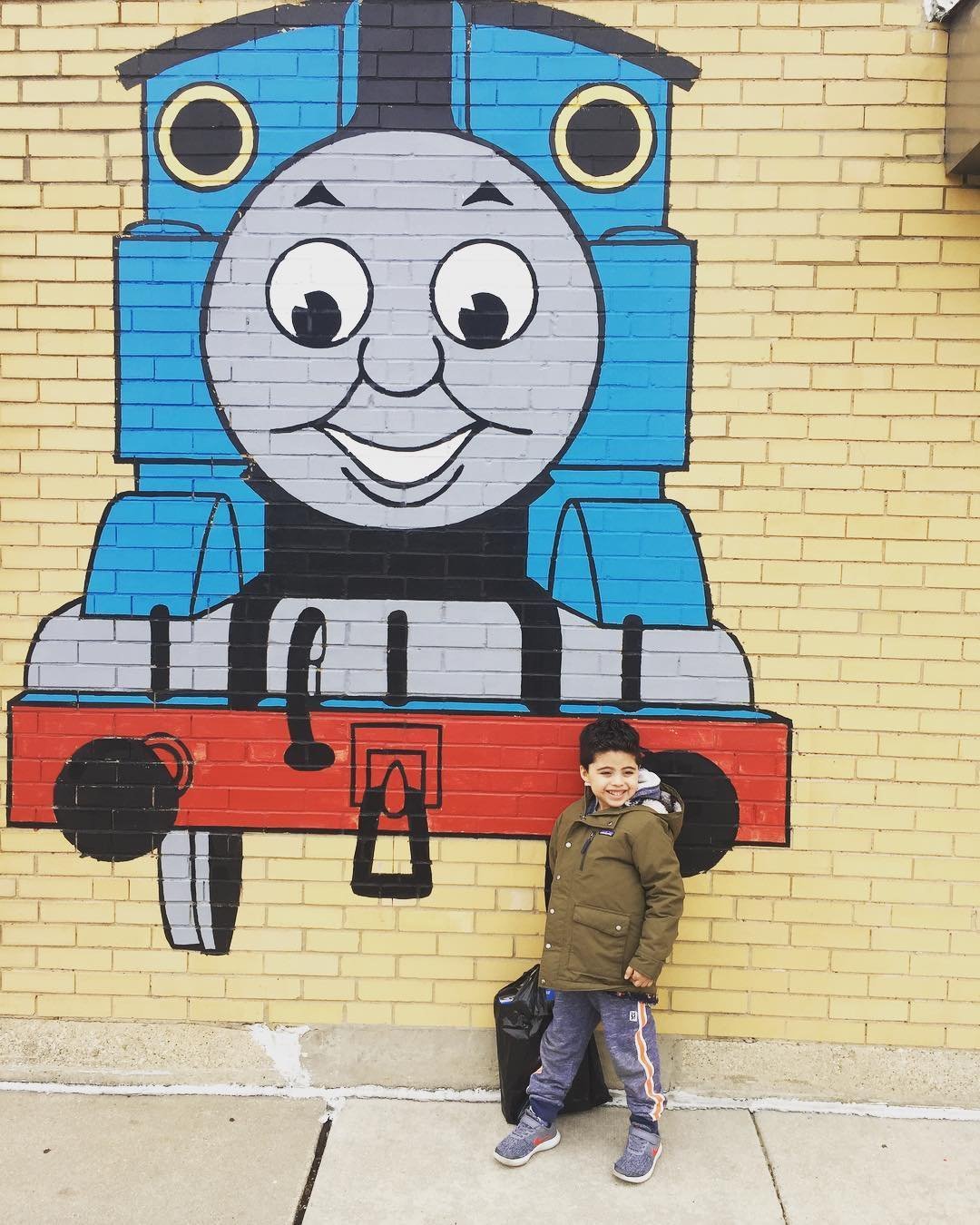
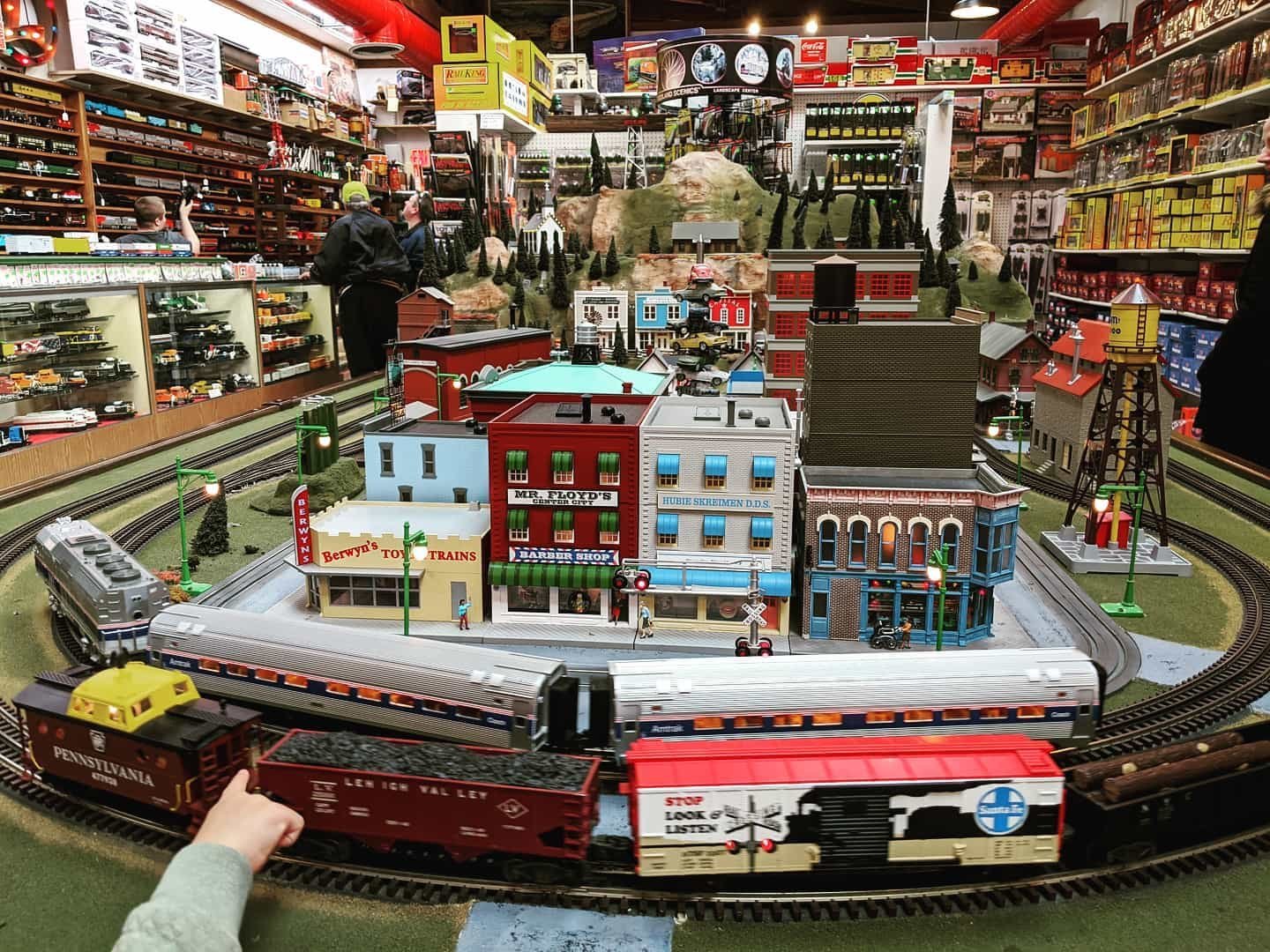
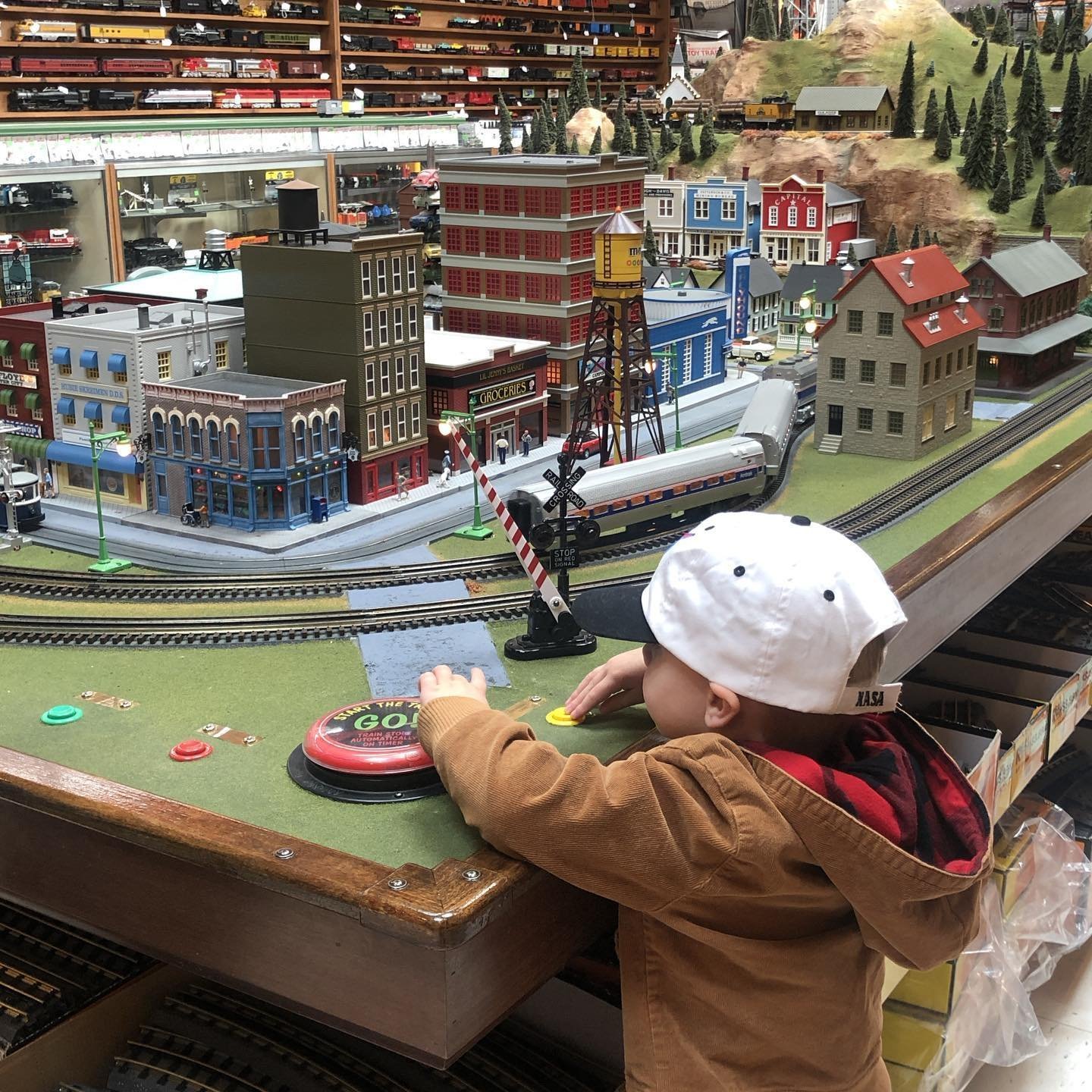
Young travelers will be delighted by Berwyn Toys & Trains, a family-owned toy and hobby shop, which has been in Berwyn since 1992. Toy-train aficionados from around the world have visited the shop to enjoy the intricate train sets on display, along with vintage toys and brands like Lego, Breyer Horses, Playmobil and more.
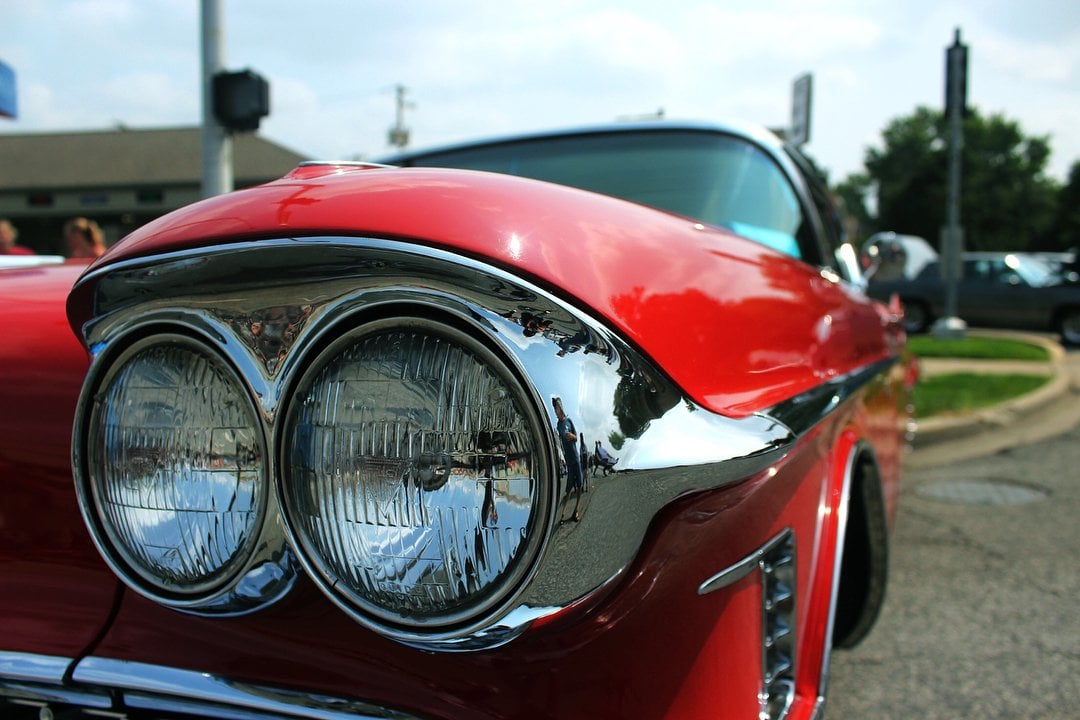
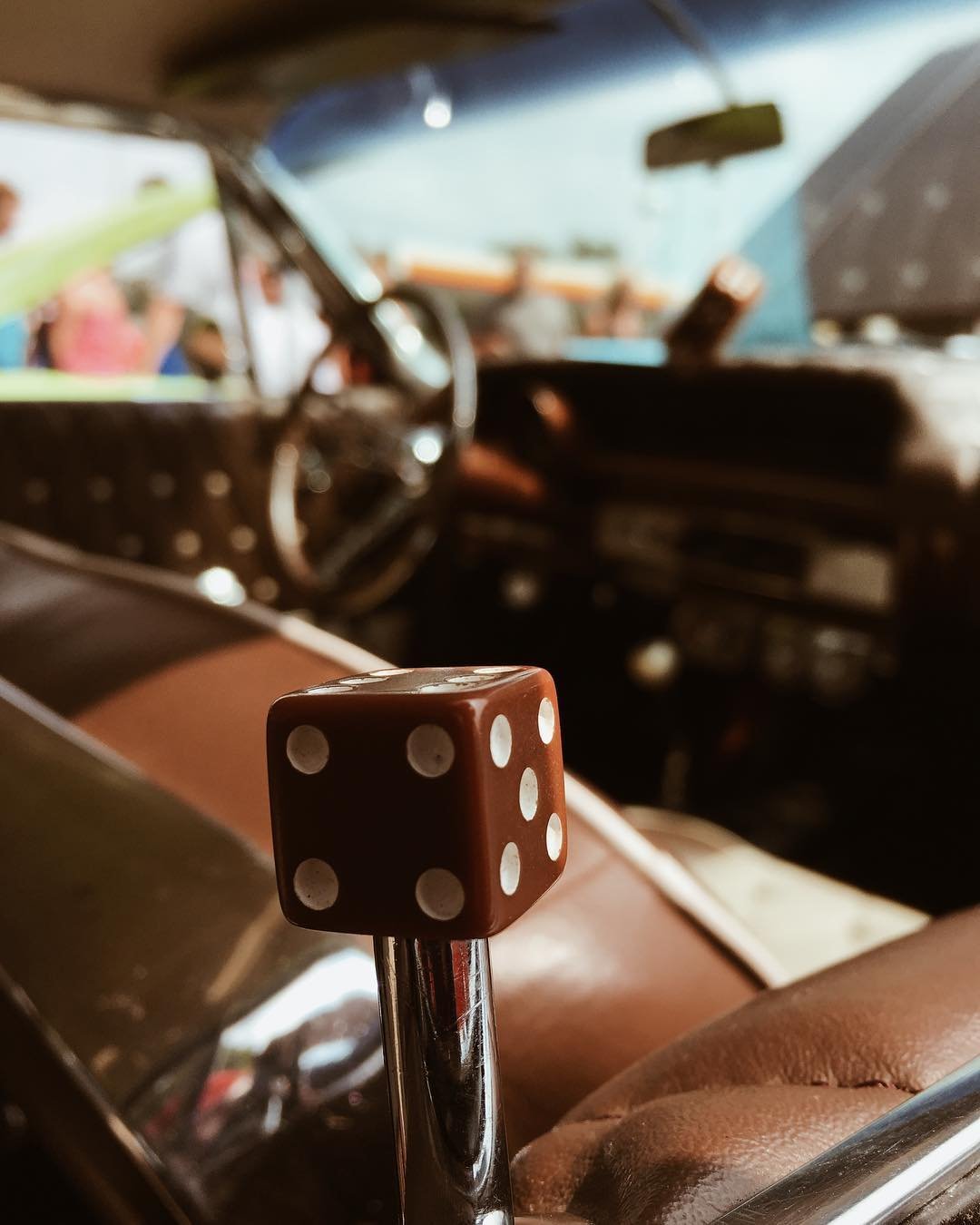
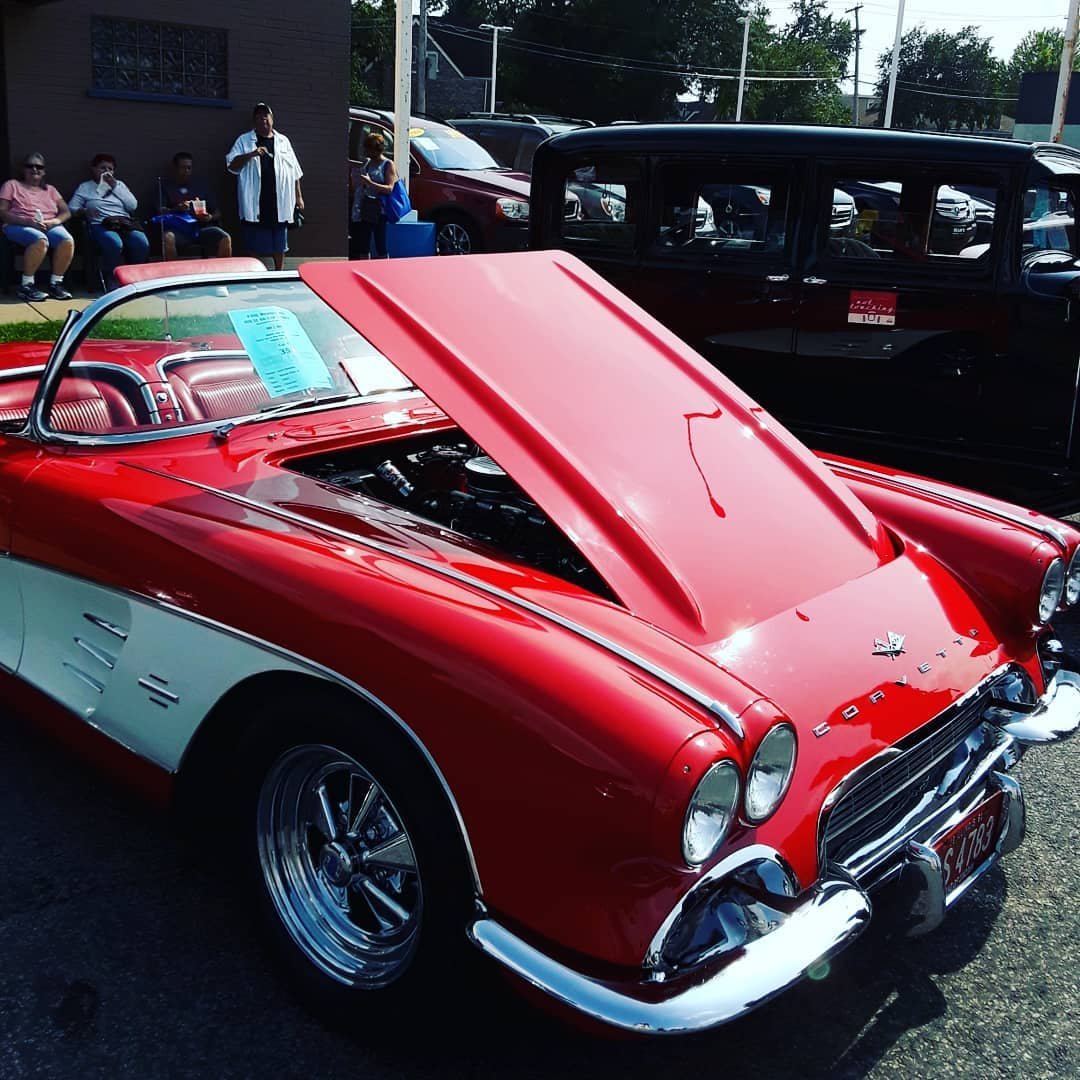
Every August, thousands of Berwyn residents and visitors descend on Ogden Avenue for a custom and classic car show. More than 500 cars, motorcycles and trucks are typically on display at the Berwyn Route 66 Car Show, along with live entertainment. Admission is free for spectators.
For a true Route 66 day trip with selfie photo ops to go along with the cool cars, you can head south on Interstate 55, which follows much of Route 66’s original path:
-
In far south suburban Wilmington, drive past the Gemini Giant, a fiberglass sculpture also known as a “muffler man.” It’s part of the Launching Pad restaurant.
-
Push on another 30 minutes on I-55 to Dwight, Illinois, and its service-station-turned- visitor-center — a fully restored Ambler's Texaco Gas Station from the 1930s.
-
Finally, drive another 30 minutes on to Pontiac, Illinois, with its Illinois Route 66 Hall of Fame & Museum and Route 66-themed mural near the historic town square before heading back toward Chicago.
Back in the day, Ogden Avenue had more than a dozen car dealerships. This particular automotive shop has been around since 1919. Known for auto upholstery and trim work, Ogden Top & Trim has won numerous awards for how it grooms and restores autos and their interiors.
The route’s oldest White Castle location still in operation is on the northeast corner of Ogden Avenue and Harlem Avenue. The historic site opened in 1939—back then you could get a slider for 5 cents. White Castle was America’s first fast food chain to standardize their buildings, hamburgers and buns.
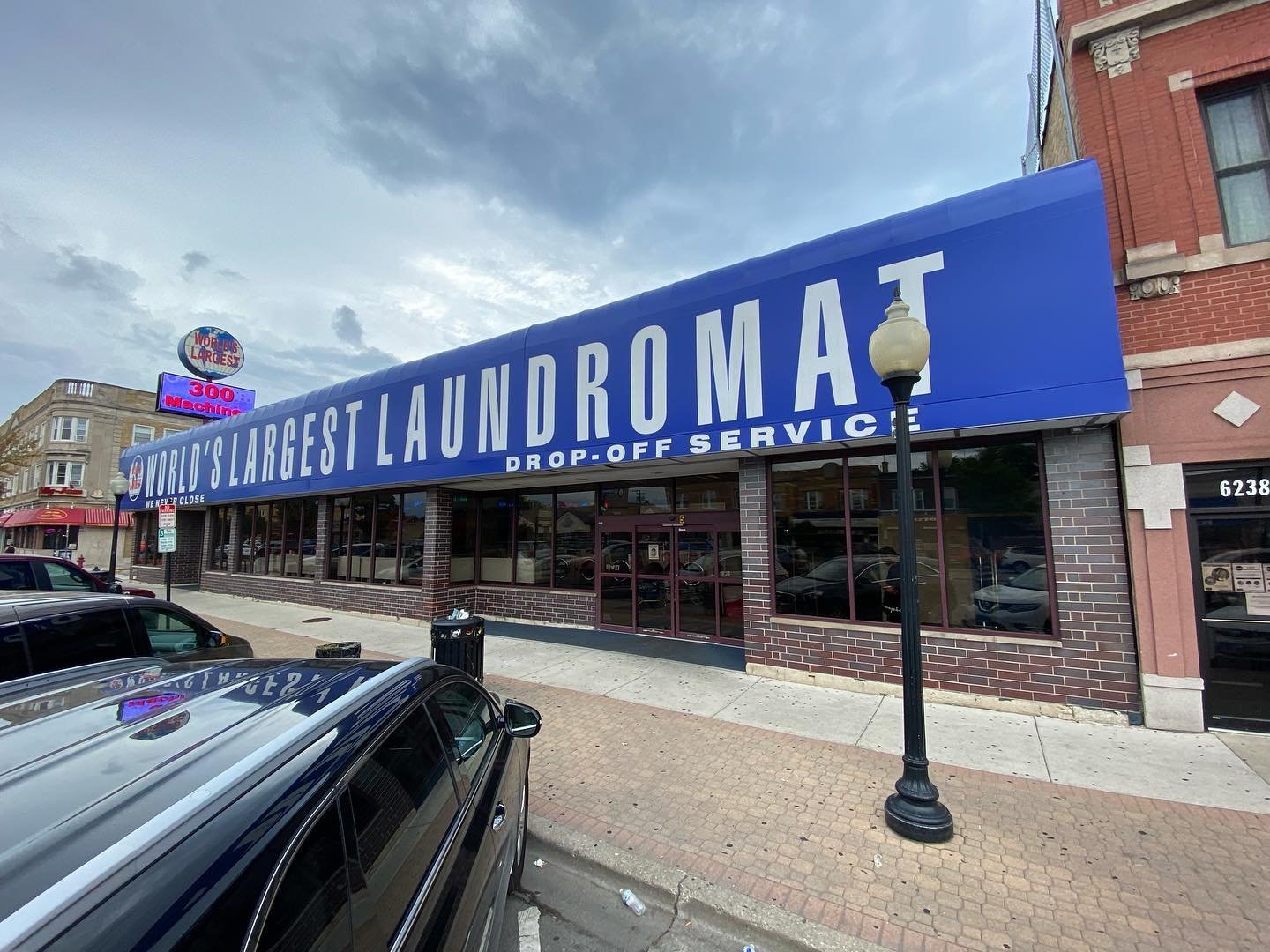
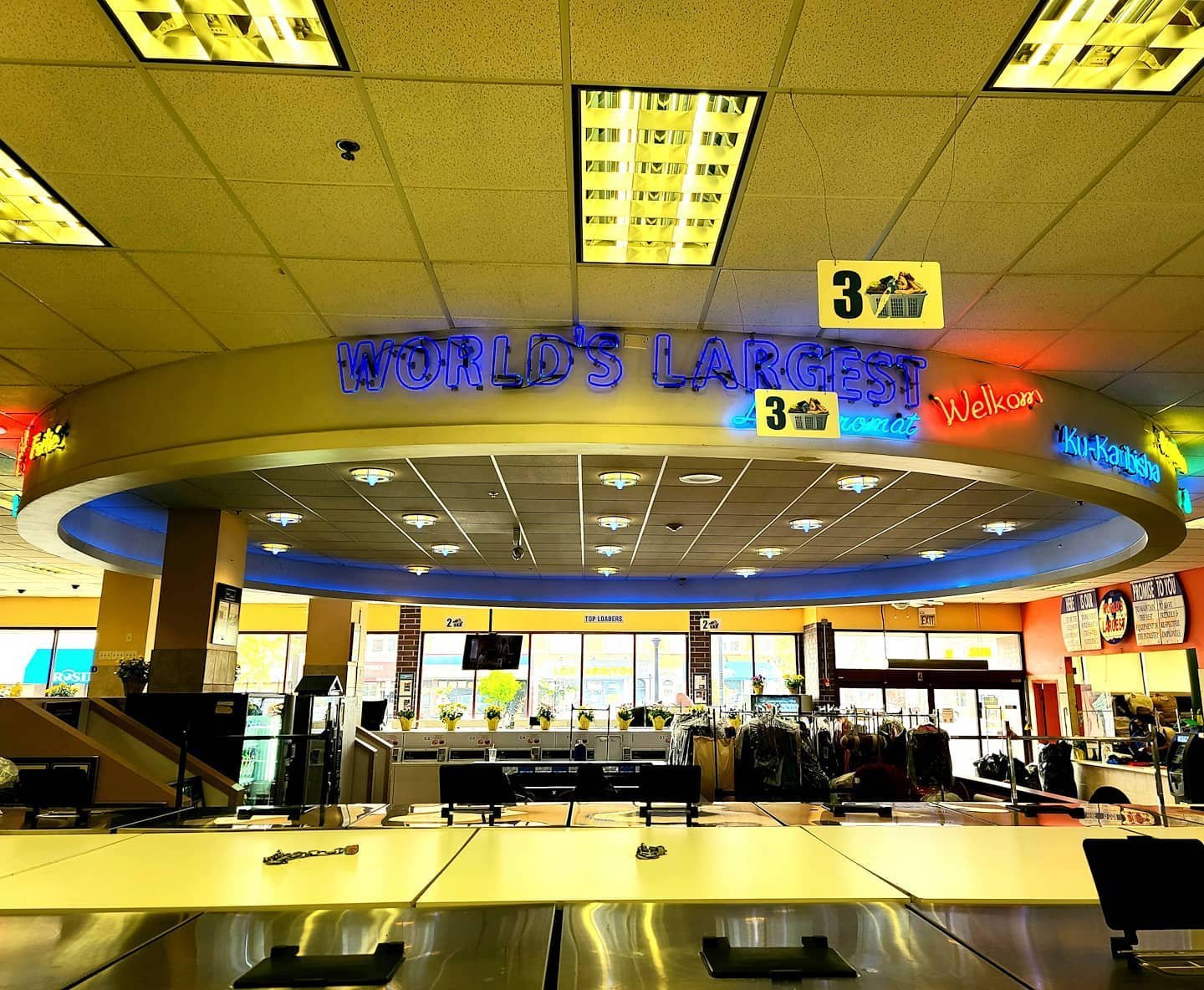

You don’t need dirty laundry to admire this sprawling Berwyn business, which has 300 machines spread across 13,500 square feet of space. Open 24/7, the World's Largest Laundromat also has amenities —yes, amenities—including a children’s play and homework area; a vending area with drinks, snacks, microwaveable items and ice cream. There’s even a wall of video games and a bird sanctuary.


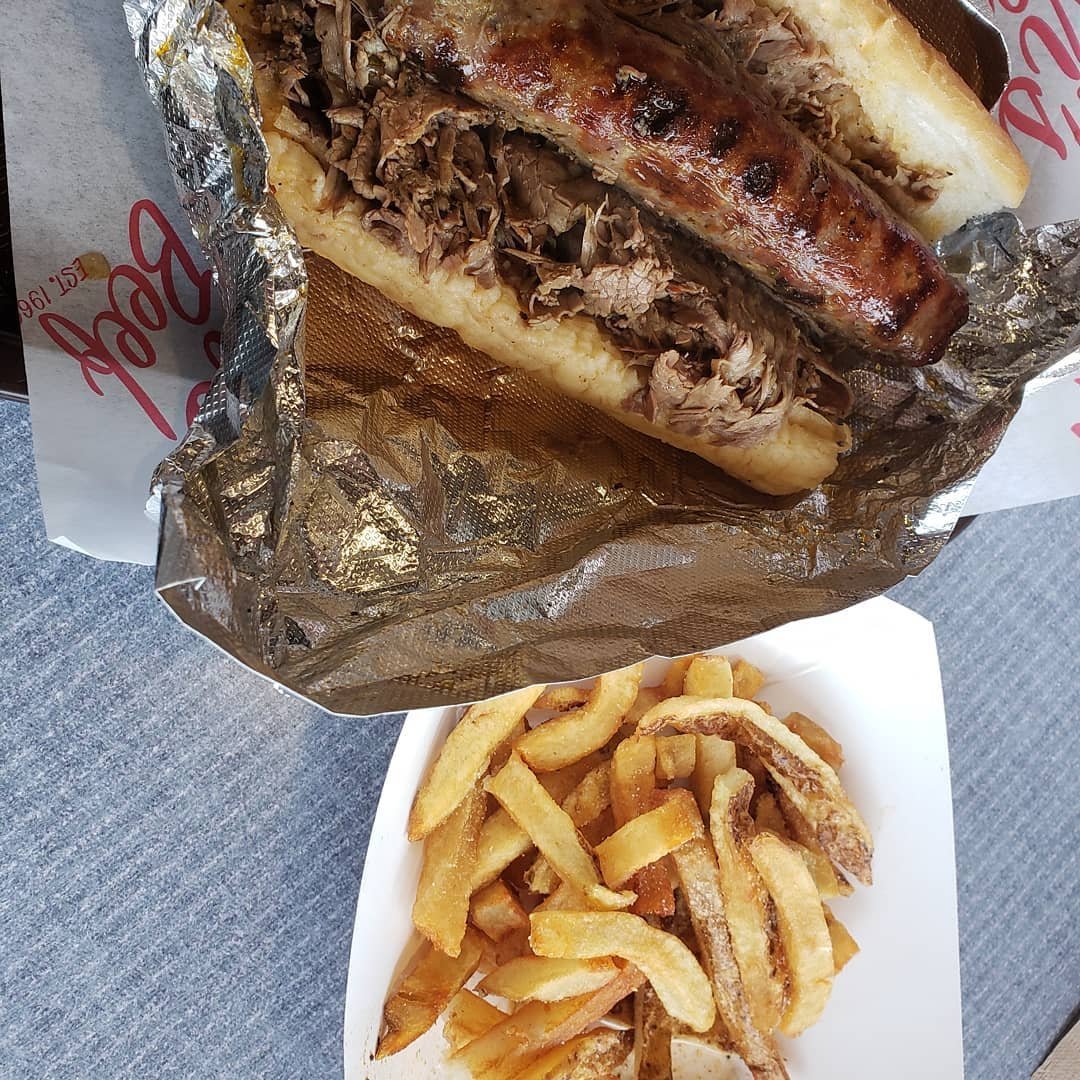
Novi's isn’t new to beef. The longtime Berwyn beef spot has around since 1966, growing from a teeny-tiny outpost at the intersection of Ogden and Oak Park Avenues into an establishment with seating for 70 people. The restaurant has racked up awards; in 2016 USA Today poll, it was voted Illinois’s No. 1 beef sandwich. Beef, by the way, isn’t the only thing on offer. Novi’s also has pasta dishes, gyros, chicken sandwiches and soups and salads.
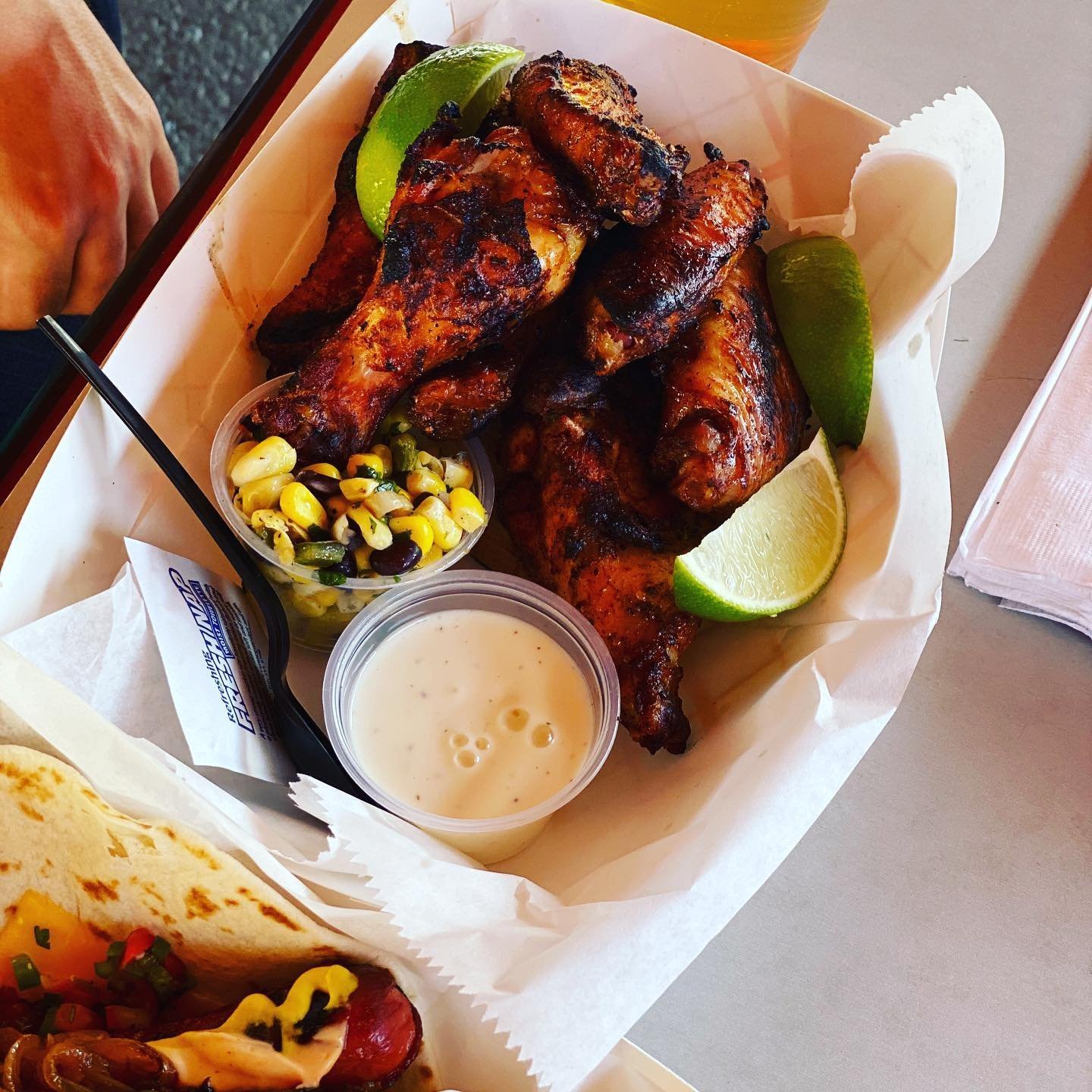
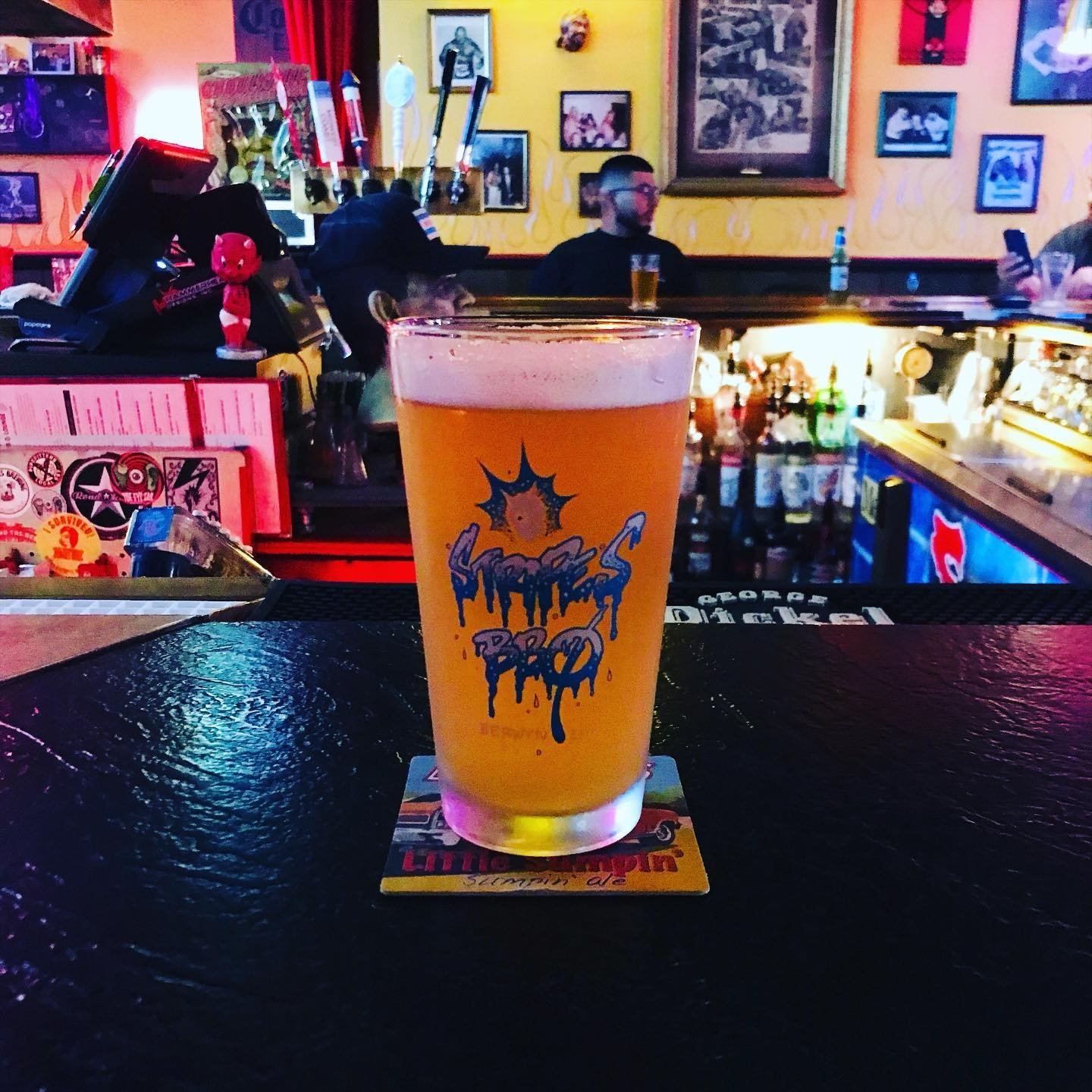
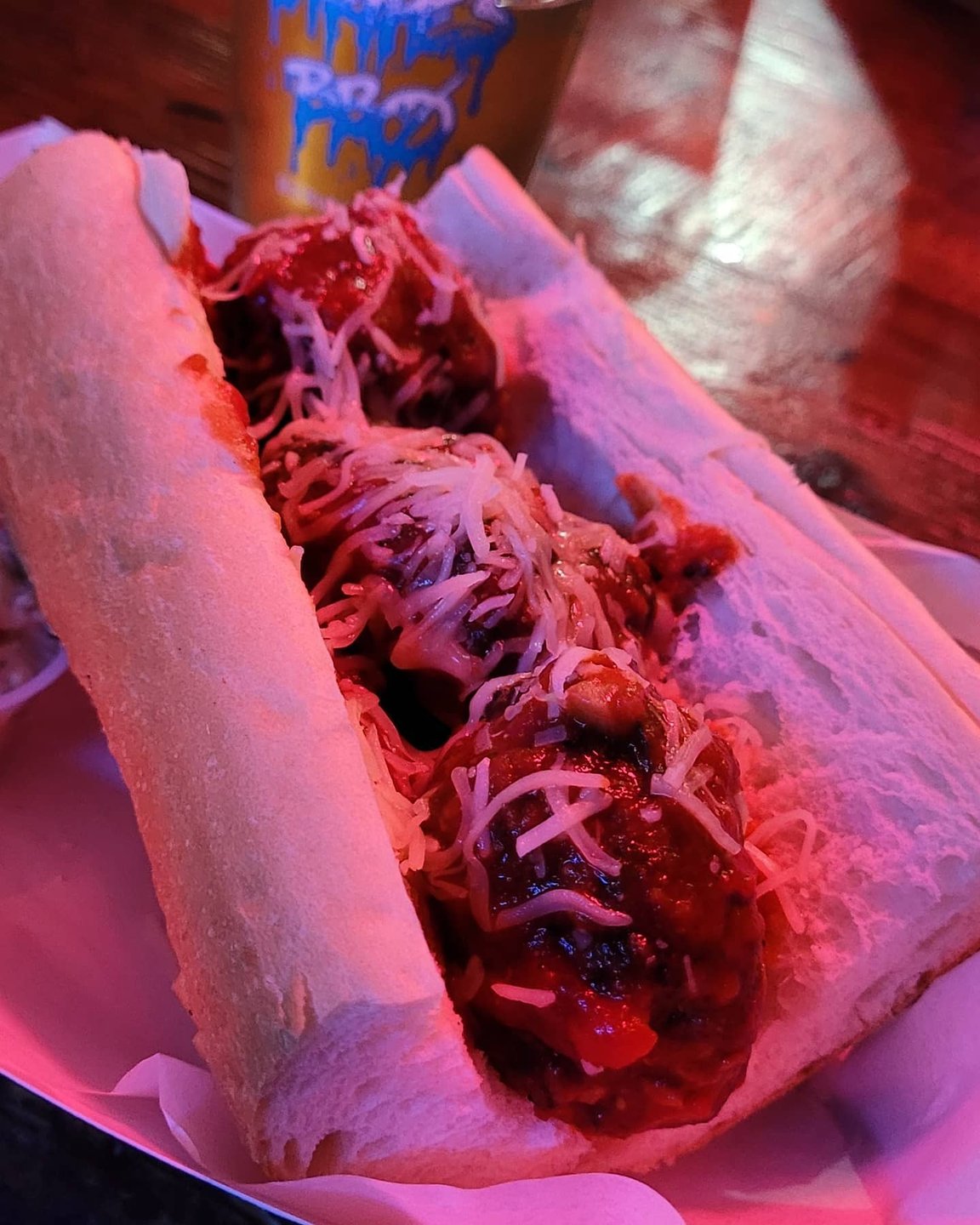
From beer and cigars to burgers and ribs, this restaurant and lounge has a bit of everything. In the neighborhood for more than 20 years, Cigars & Stripes is a Berwyn fixture. It also nods to the past, with a Route 66-themed mural on the restaurant’s west side.

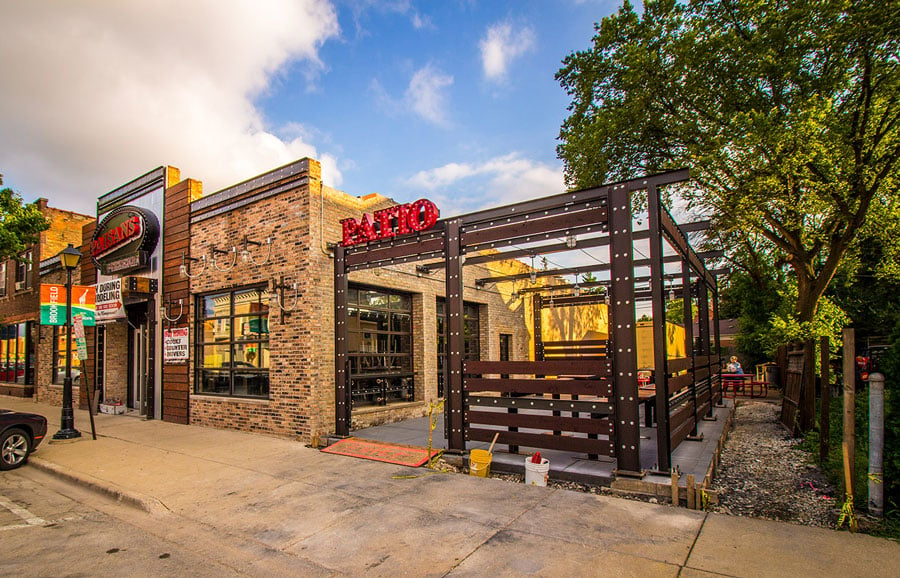

Grab a slice at this pizza chain, which has been around for decades. Back in 1985, Luigi Fejzuloski opened a small pizza shop in Cicero. Fast forward 30-plus years, and Paisans Pizzeria has expanded to seven locations. It’s now run by Luigi’s son, Pete. The Berwyn location has a distinct Route 66-feel, with custom motorcycles and a dragster on display.

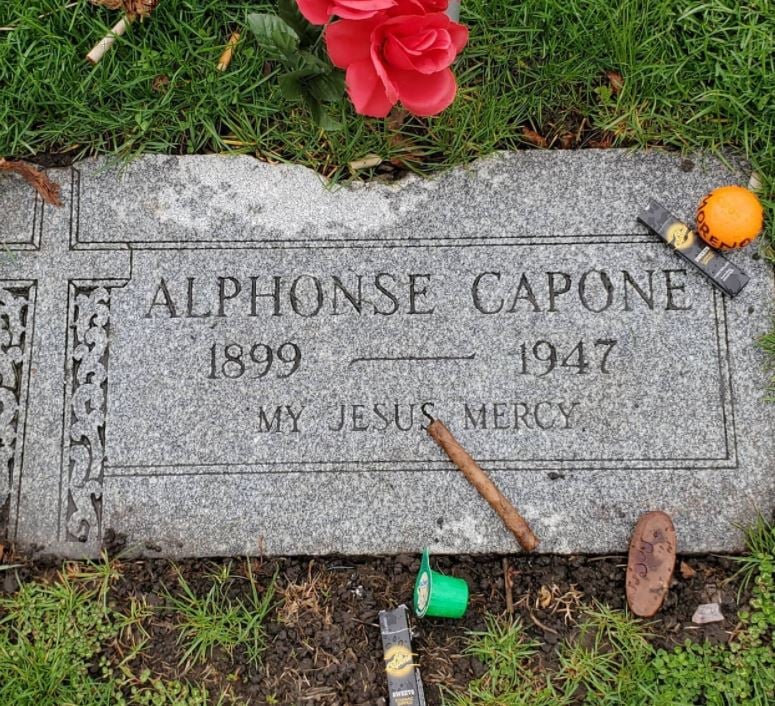
A Roman Catholic cemetery in Hillside, Illinois, houses the Capone family gravesite and includes the grave marker for infamous Al Capone. Designated Public Enemy No. 1 in 1930, the gangster died in 1947 in Miami. His body was sent back to Chicago, where the majority of his family was located. Originally, the Capone family was laid to rest at Mount Olivet Cemetery on Chicago’s South Side, but after repeated acts of vandalism, the bodies were moved to Hillside’s Mount Carmel Cemetery.
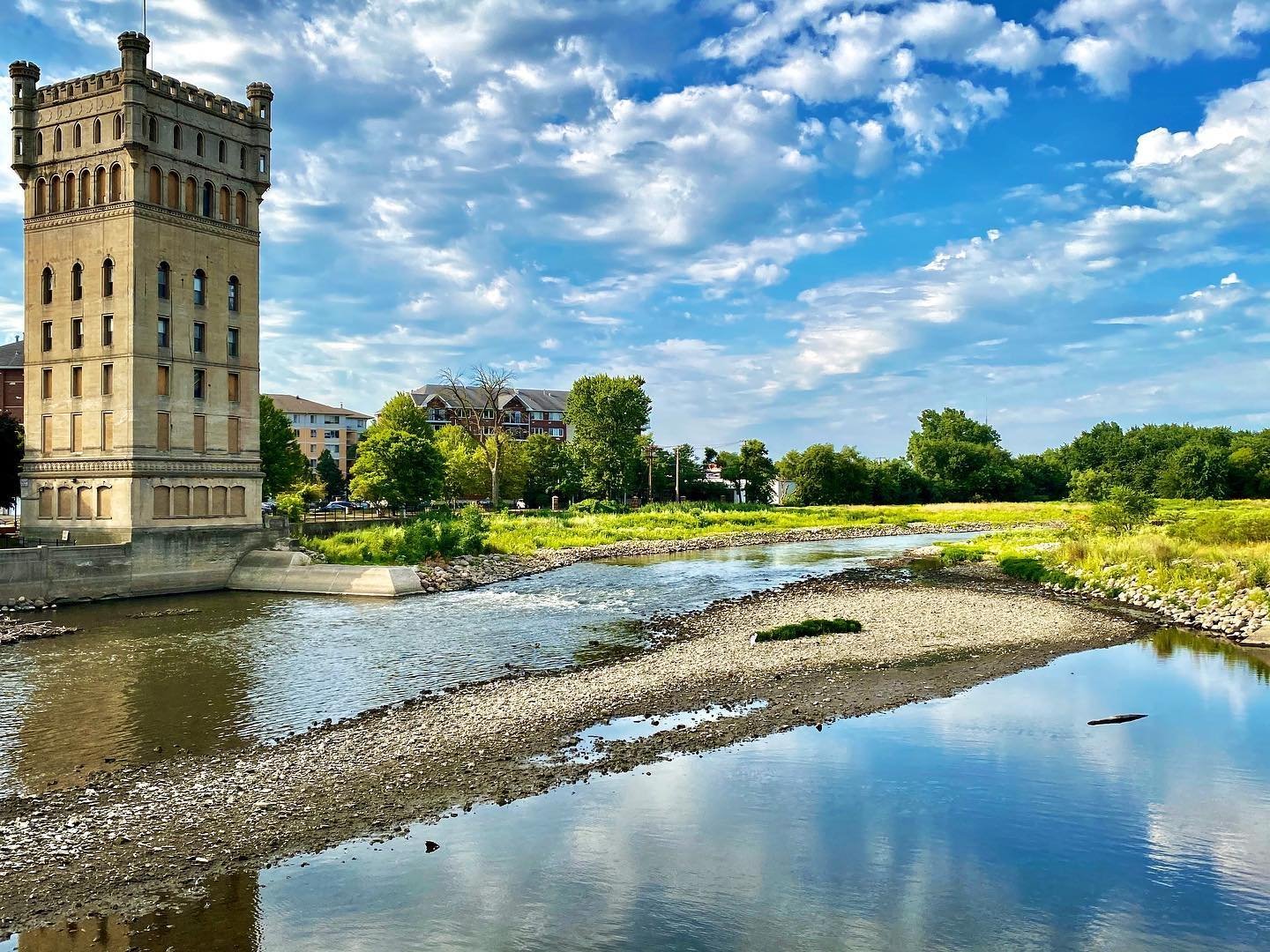
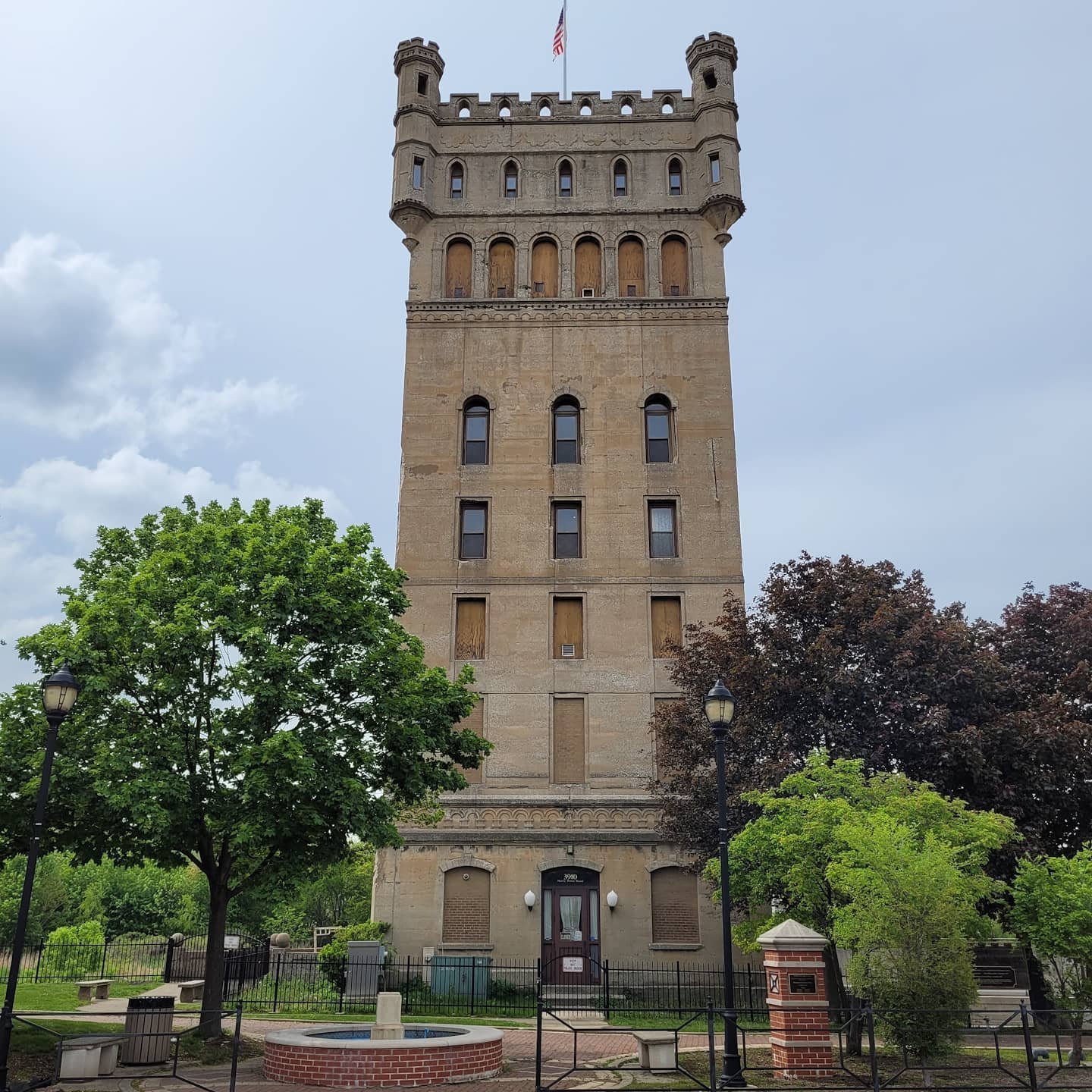
Back in 1908, brewer George Hofmann Jr. paid for the construction of a concrete tower in Lyons, Illinois, near the banks of the Des Plaines River. The tower was the crown jewel of a riverfront park that had boats and picnic areas. Hofmann also built a dam on the river with enough water to buoy the boats and generate electricity to power the park’s street lamps. Eventually, sewage in the Des Plaines River discouraged visitors, so the tower was closed and grew dilapidated until locals made an effort to restore it. The building was added to the National Register of Historic Places in 1978. Today, the tower is closed to the public, but the grounds are open. Visitors can see the exterior and take a walk on the surrounding river walk.
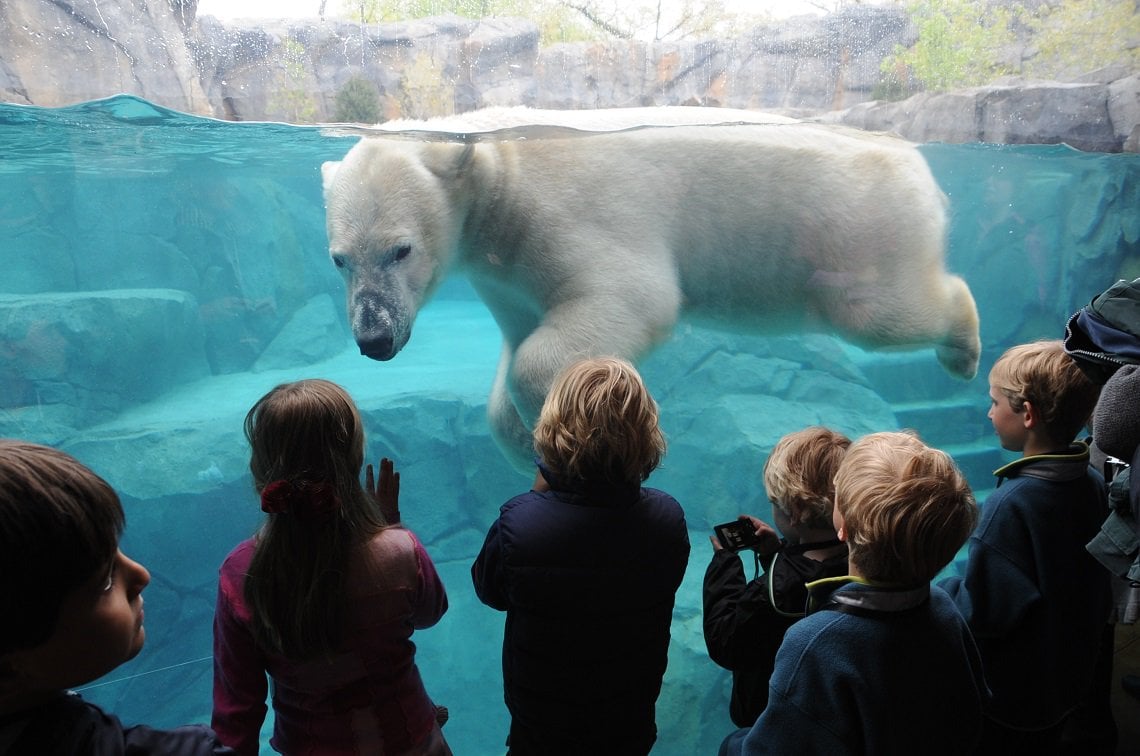
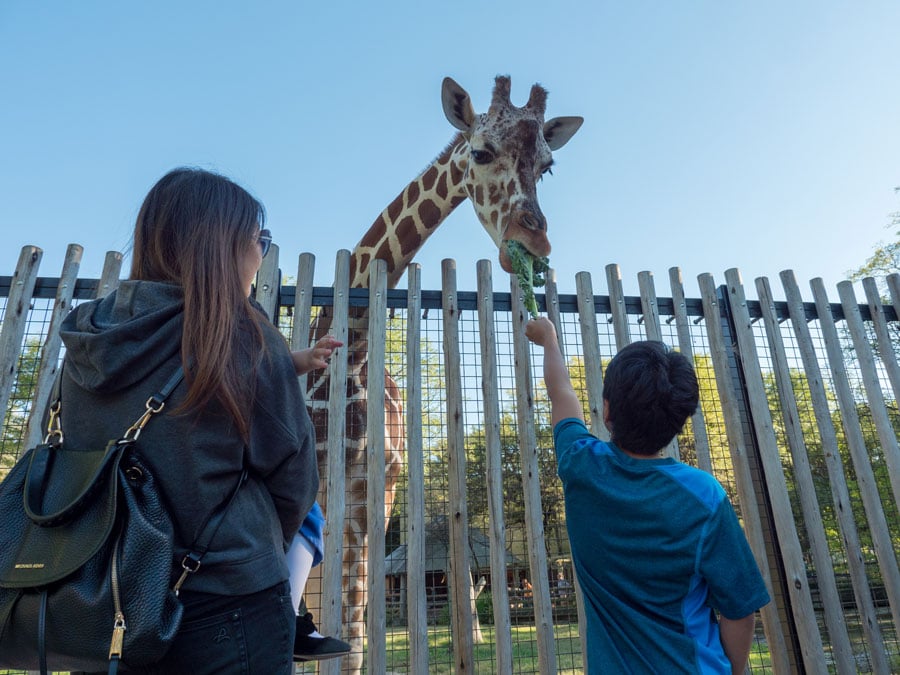
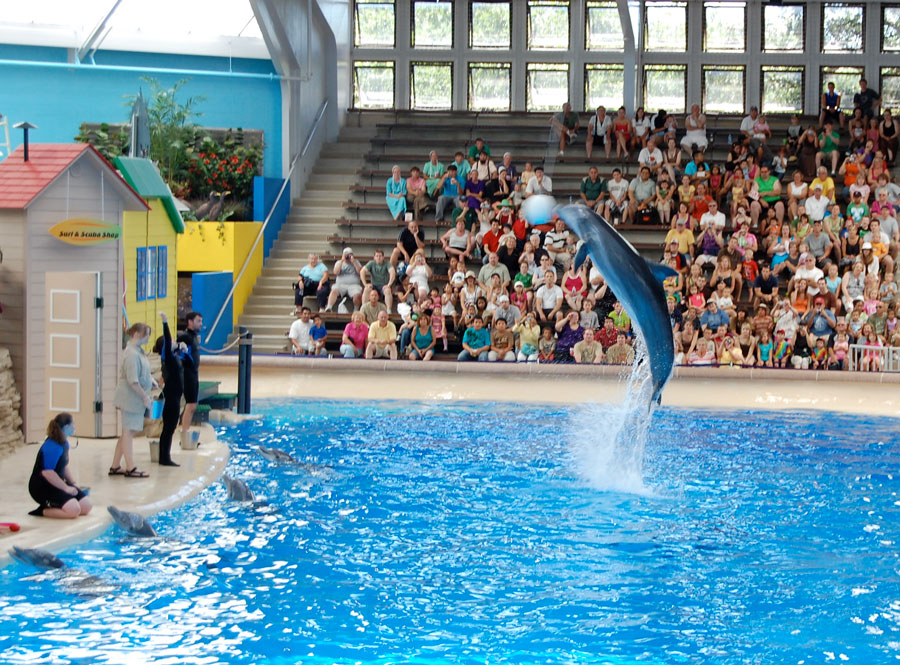
Like animals? You’ll love the Brookfield Zoo, home to more than 2,000 animals, including snow leopards, African lions, meerkats, emu, roadrunners, bald eagles, polar bears and black rhinos, to name a few. Located on a 216-acre nature park, the zoo also has an arboretum. More than two million guests visit each year.
Good diners don’t go out of style. Just look at Steak 'N Egger, which has been continuously operating for more than half a century. The open-24/7 restaurant was born in Chicago’s Douglas Park neighborhood in 1955 and now has seven locations, including one in McCook, Illinois, along Route 66. As the name implies, they serve up steak and eggs, but also omelets, burgers and hearty dinners like pork chops and deep-fried chicken.
The origin story of this fried chicken joint in Willowbrook, Illinois, reaches as far back as the 1930s. The exact timing isn’t clear, but sometime in the late ’30s or early ’40s, two local women who worked on farms were at a gas station lunch counter. They heard the owner say he wanted to increase his food sales, so they offered him their fried chicken recipe with one caveat: he must purchase the chickens from them. He agreed, and Dell Rhea's Chicken Basket grew by leaps and bounds.
Soon, the restaurant needed more space than the lunch counter could provide. In 1946, the Chicken Basket opened on Route 66 opposite its original location. It’s still standing and still has great chicken. In 2006, the restaurant was added to the National Register of Historic Places.
Whether or not you’re a theatre fan, this Art Deco playhouse in Joliet, Illinois, is a sight to behold. The Rialto Square Theatre, which opened in May 1926, cost more than a million dollars to build — a whopping sum in the ’20s — and could seat 3,000 people. The design of the inner lobby was modeled after the Hall of Mirrors in the Palace of Versailles. The rotunda, surrounded by 18 columns, has a dome similar to the Pantheon in Rome. The rotunda’s chandelier, 20 feet tall with 250 lights, adds to the finery. The Rialto is still active, regularly staging productions and hosting private events.
Here’s an interesting overlap: The same architect designed the Chicago Water Tower and Joliet Prison. When it opened it 1858, it was praised by the Chicago Tribune, but in the years that followed, “Old Joliet” become overcrowded, unhygienic and dangerous. By 1905, there were calls to close the prison; it wasn’t shuttered until 2002. With its gothic architecture, the limestone penitentiary cuts a striking profile. That might explain why it features in multiple TV shows and movies, from Fox’s popular Prison Break series to the classic film The Blues Brothers. Old Joliet is open for both self-guided tours and guided tours, some led by former prison employees.
Housed in a former church, the Joliet Museum is dedicated to sharing the history of Joliet and its residents. One special exhibit honors John C. Houbolt, an engineer who grew up in Joliet and played an integral part in the 1969 moon landing.
Completed in 1915, the Lincoln Highway was the nation’s first cross-country roadway. Beginning in New York City’s Times Square, the Lincoln Highway ended in San Francisco’s Lincoln Park. The route spans more than 3,000 miles. Lincoln Highway and Route 66 cross paths in Joliet — there’s a 7-foot marker commemorating the spot at the intersection of Cass and Chicago streets.
Ice cream makes any day brighter, so stopping at Rich & Creamy seems like a no-brainer. There’s also some eye candy at this retro Joliet shop: Large statues of “The Blues Brothers,” Jake and Elwood Blues, played by Dan Aykroyd and John Belushi in that classic 1980 film, dance atop the store. The stand is a part of Route 66 Park, which also has informational kiosks and views of Old Joliet Prison. You’ve got to get your photo with the classic, 12-foot “Joliet Kicks on 66” sign.
Dating back to 1912, Joliet's Union Station is a Neoclassical Revival limestone and steel structure that’s eye-catching both externally and internally. The station’s façade features three massive Romanesque windows. Inside, on the lower level, there’s a mural by artist Alejandro Romero. The station earned a spot on the National Register of Historic Places in 1978.
Taste the sweetness of soft-serve history at 501 N. Chicago Street in Joliet, the site where the ice cream chain came into existence. The first Dairy Queen opened in 1940; now there are thousands of locations across the county. While Dairy Queen no longer occupies this store, there is a brass plaque on the building noting its local landmark status.
So what are you waiting for? With so many classic Route 66 highlights, road trips and roadside attractions around Oak Park and Chicagoland, it’s your turn to get out and make some memories on the Mother Road. You can find maps and start planning your trip right here.